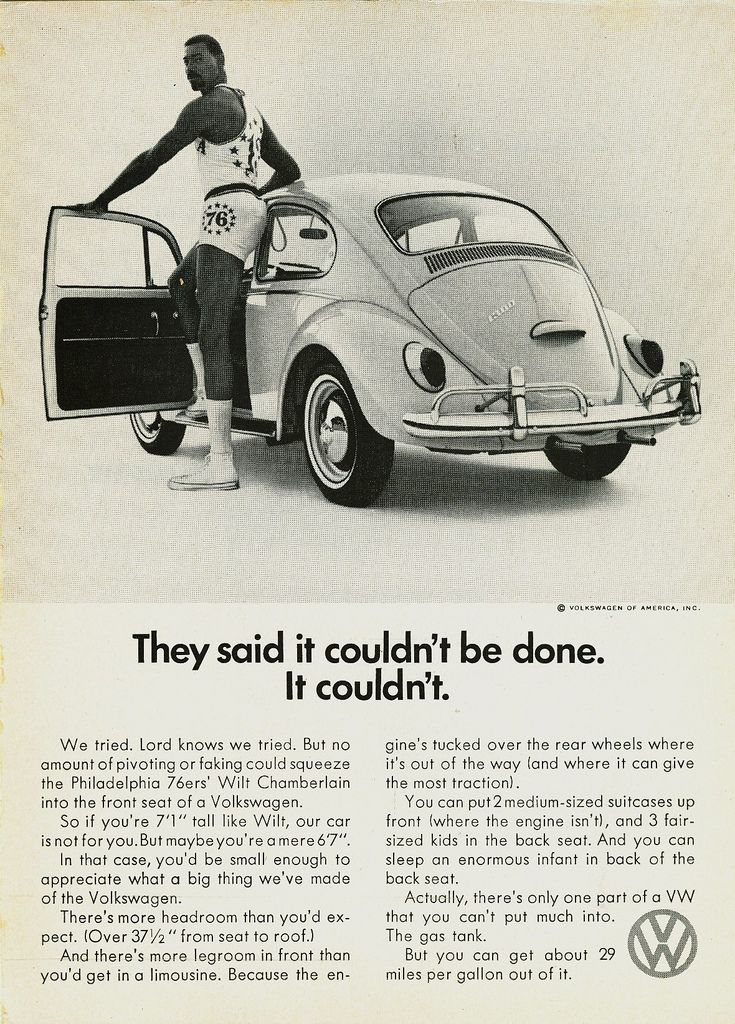I see that CitiBank may have seen the light:
We will update our employee Code of Conduct and our customer-facing Global Financial Access Policy to clearly state that we do not discriminate on the basis of political affiliation in the same way we are clear that we do not discriminate on the basis of other traits such as race and religion. This will codify what we’ve long practiced, and we will continue to conduct trainings to ensure compliance.
We also will no longer have a specific policy as it relates to firearms. Our U.S. Commercial Firearms Policy was implemented in 2018 and pertained to sale of firearms by our retail clients and partners. The policy was intended to promote the adoption of best sales practices as prudent risk management and didn’t address the manufacturing of firearms. Many retailers have been following these best practices, and we hope communities and lawmakers will continue to seek out ways to prevent the tragic consequences of gun violence.
Yeah, whatever. Just to make myself clear:
I have absolutely no problem with “gun violence”, provided it’s of the kind where potential victims ventilate the goblins who are trying to harm them and/or take away their possessions violently and unlawfully.
And it was people like me who by extension would have run afoul of Citi’s so-called “Commercial Firearms Policy”.
So I’m glad they’ve had a change of heart — no doubt brought on by the Trump Administration’s overt hostility towards corporate fuckery of this nature — but even so, fuck ’em, the chiseling Shylocks.
I finally managed to pay off my credit card balance from Bank of America — the first and most public of the anti-gun banks — and closed the account. My CitiAA card is next on the chopping list. It may take some time because the balance is still quite high — air tickets for New Wife’s various family visits to Australia and Seffrica, hello — but pay it down I will, make no mistake. and then it’s bye bye, too.




